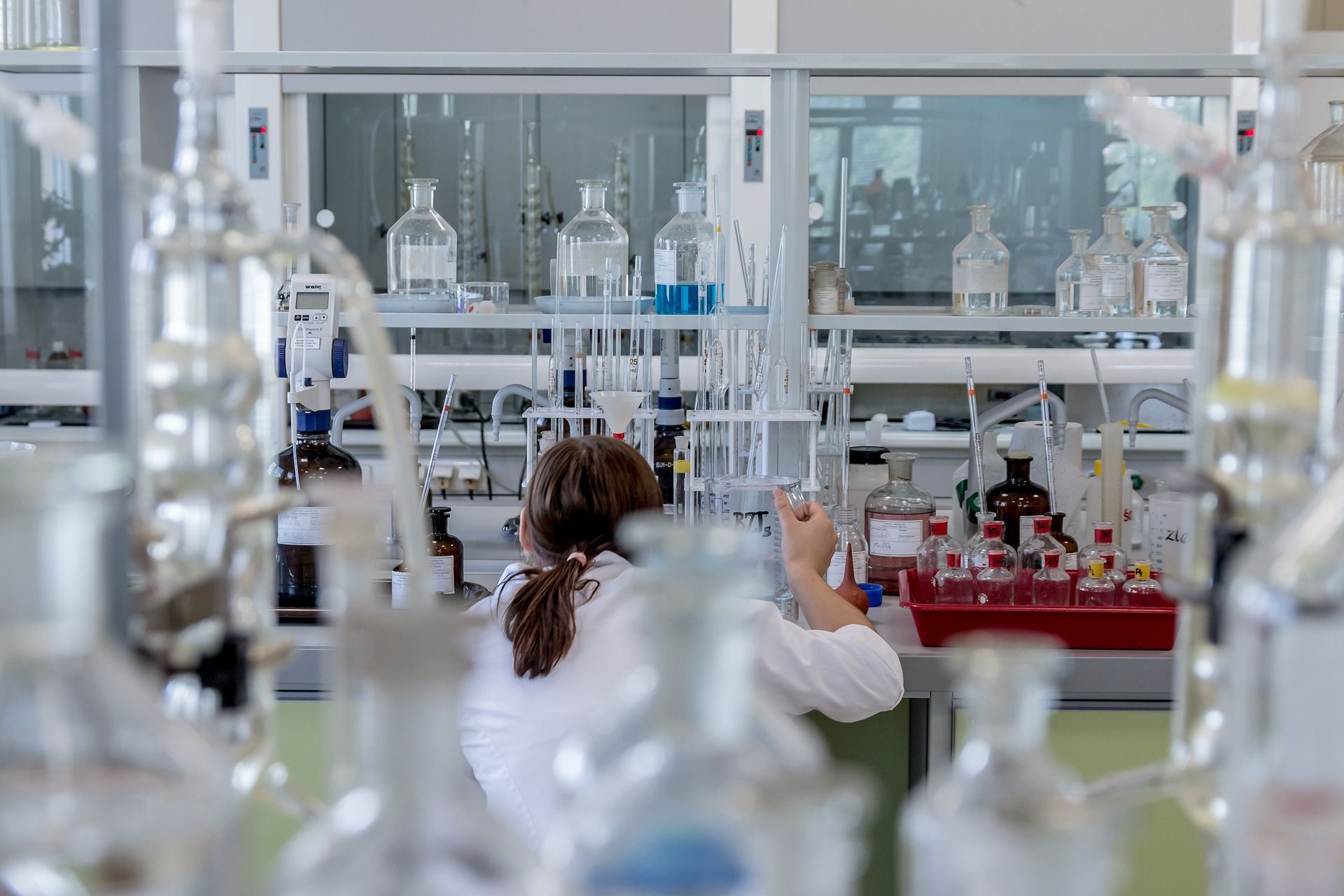New research may revolutionise the development of pharmaceutical drugs
The development of a new synthetic chemistry method lays down the foundation for the formation of other new chemical reactions and facilitates the synthesis of pharmaceutical molecules.
Inspired by pre-existing cross-coupling chemistry, researchers at The Scripps Research Institute (TSRI) have developed a new synthetic technique whereby nickel catalyses the reaction between compatible coupling compounds and sulphones. Sulphones are a class of molecules in which a central sulphur atom is doubly bonded to each of two oxygen atoms and has a single bond with each of two variable groups. These groups are predominantly carbon-based in nature. Sulphones are used in this cross-coupling reaction for the generation of highly reactive molecules, called radicals, therefore allowing for a rapid reaction to occur.
“It’s already clear that this method opens the door to creating new types of compounds and new types of bonds,” explains Dr Phil S. Baran, a senior author of the study, along with Darlene Shiley, Professor of Chemistry at TSRI.
Sulphones are used in this cross-coupling reaction for the generation of highly reactive molecules
The researchers in Baran’s lab demonstrated their new desulphonylative cross-coupling reaction by synthesising over 60 molecules, including fluorinated compounds which were unable to be formed by previously available cross-coupling methodologies. Accessibility of these alkyl-fluorinated compounds are pivotal in the discovery of drugs due to the enhancing-effect fluorine atoms have on pharmaceutical drug-like molecular properties.
The cross-coupling method’s ability to substitute fluoroalkyl groups into different compounds allowed for the formation of pharmaceutically-oriented fluorinated scaffold molecules specifically designed for use in the development of new pharmaceutical drugs. This is particularly advantageous as this method completely simplifies the process in which these scaffolds can be formed, compared to traditional methods in which toxic reagents and multiple lengthy reactions were required.
The researchers in Baran’s lab demonstrated their new desulphonylative cross-coupling reaction by synthesising over 60 molecules
This research offers broad applicability, allowing for the facilitation of the synthesis of pharmaceuticals and natural products, majorly increasing the ease with which new drugs can be discovered and produced. Furthermore, this new methodology holds many opportunities in which the technique itself can be improved and furthered, allowing for the possibility of faster, more efficient production of pharmaceutical products in the near future. Moreover, it can be speculated that this new method allows for reactions to occur between molecules that previously would not have happened. This opens a whole new possibility for the discovery of a completely new class of pharmaceutical drugs. This has the potential of improving the treatment of conditions and diseases that currently are untreatable or for which current treatments do not exist.
The researchers have already made their reagents and methods available to other chemists and their new methods are already having an impact on the drug discovery programs at pharmaceutical companies in collaboration with TSRI. It might not be too long before these methodologies are employed in pharmaceutical laboratories around the world, easing the way in which the production of new drugs is approached.

Comments